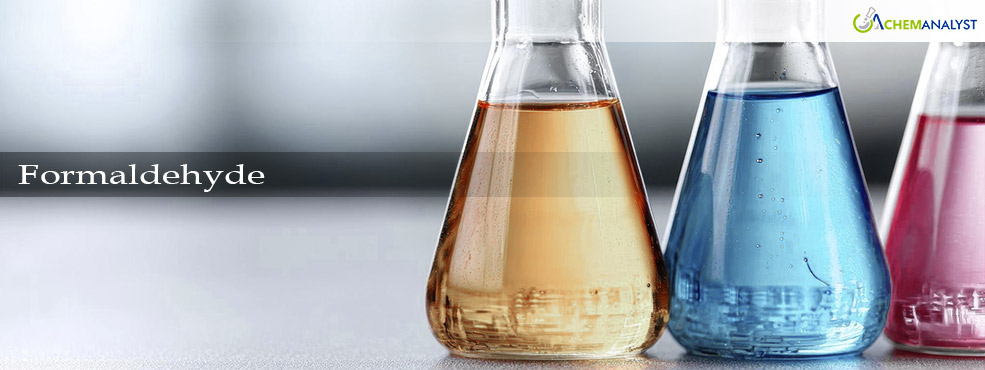Evolving Landscape of Formaldehyde Regulations and Market Dynamics
- 08-Oct-2024 11:30 PM
- Journalist: Jai Sen
Formaldehyde, a chemical commonly used across various industries, is currently at the centre of significant regulatory and market developments that could reshape its use and perception in the coming weeks. Recently, the FDA’s decision to delay a ban on Formaldehyde in hair relaxers has caused considerable uncertainty within the cosmetics industry. This delay follows increasing public health concerns regarding the potential risks associated with Formaldehyde exposure, particularly in hair care products. The lack of regulatory clarity has left manufacturers and consumers in a difficult position, complicating compliance strategies for companies striving to ensure product safety. Stakeholders are anxious as they await clearer guidance from the FDA, and companies may need to rethink their formulations or marketing strategies. This uncertainty could negatively impact sales, especially as consumers become more aware and possibly wary of products perceived as harmful, thereby shifting market dynamics.
In contrast to the regulatory environment in cosmetics, Kanoria Chemicals recently announced a ?69 crore investment to expand its production capacity for Formaldehyde and hexamine. This decision highlights a notable divergence in industry responses to Formaldehyde. While the cosmetics sector grapples with health concerns and potential bans, chemical producers are opting to scale up operations to meet ongoing demand. This expansion may indicate that, despite regulatory pressures, the broader market for Formaldehyde remains robust. Companies involved in chemical production may experience short-term gains as they capitalize on existing demand, potentially mitigating the impact of regulatory changes in other sectors.
The furniture industry is also facing scrutiny regarding Formaldehyde use, particularly in paints and finishes. In Singapore, concerns over Formaldehyde emissions from furniture have prompted government discussions about potential bans, while similar issues are being raised in the U.S. regarding the Environmental Protection Agency's analysis of Formaldehyde in composite wood products. As manufacturers in the furniture sector anticipate stricter regulations, they may need to invest in alternative materials or technologies to reduce Formaldehyde emissions. This shift could lead to increased production costs, which might ultimately be passed on to consumers.
As consumer health consciousness rises, there is a growing demand for safer, non-toxic products across various markets. Businesses will need to remain agile to adapt to evolving consumer preferences as regulatory actions unfold. Companies that proactively address safety concerns and innovate towards non-toxic alternatives may position themselves favourably in an increasingly health-conscious market. In summary, the recent developments surrounding Formaldehyde highlight a complex interplay of regulatory pressures, market demand, and consumer health considerations. As the FDA, EPA, and other regulatory bodies navigate these issues, the cosmetics, chemical, and furniture industries must stay vigilant. The coming weeks will be critical as these sectors respond to both regulatory actions and evolving consumer expectations, shaping the future landscape of Formaldehyde use and market dynamics.



